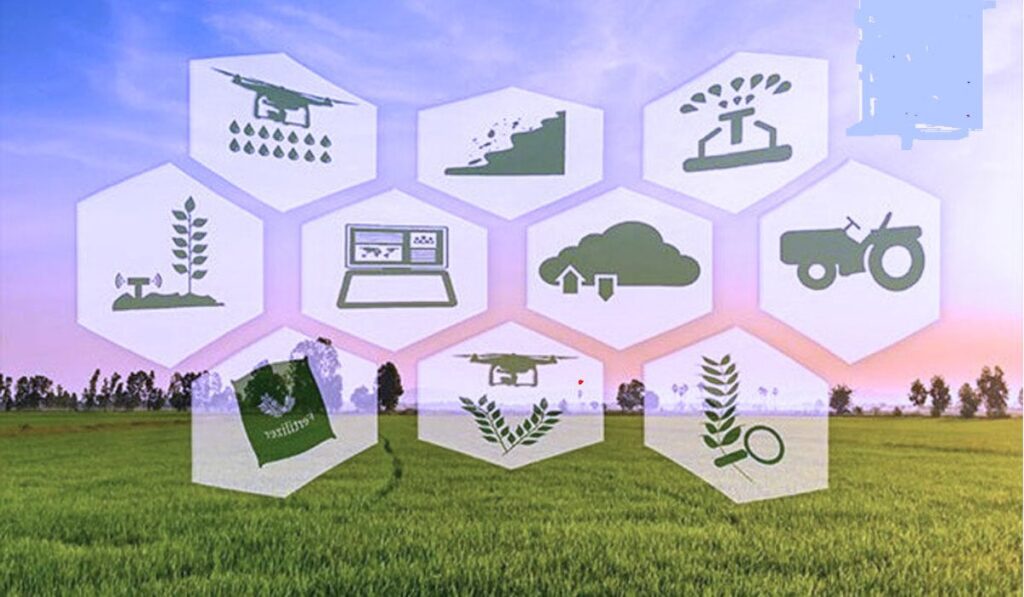Introduction
In the face of escalating environmental challenges and the urgent need for sustainable development, the concept of a Green Revolution has emerged as a beacon of hope. This transformative movement seeks to revolutionize our relationship with the planet, promoting eco-friendly practices and innovative technologies to mitigate climate change, conserve natural resources, and foster a harmonious coexistence between humanity and nature. In this article, we delve into the multifaceted dimensions of the Green Revolution and explore its profound implications for our world.
A Paradigm Shift Towards Sustainability:
The Green Revolution represents a paradigm shift from conventional, resource-intensive practices to sustainable alternatives across various sectors including agriculture, energy, transportation, and urban planning. At its core lies the recognition of the finite nature of our planet’s resources and the imperative to safeguard them for future generations. This shift entails embracing renewable energy sources, adopting circular economy principles, and prioritizing conservation efforts to minimize environmental degradation and promote resilience in the face of climate change.
Renewable Energy and Decarbonization
Central to the Green Revolution is the transition towards renewable energy sources such as solar, wind, and hydroelectric power. By reducing reliance on fossil fuels and mitigating greenhouse gas emissions, renewable energy technologies play a pivotal role in decarbonizing our economies and combating climate change. From large-scale solar farms to decentralized microgrids, innovations in renewable energy offer scalable solutions to power our societies sustainably while reducing our carbon footprint.
Sustainable Agriculture and Food Security
In agriculture, the Green Revolution emphasizes sustainable practices that prioritize soil health, biodiversity conservation, and water efficiency. Agroecological approaches such as organic farming, permaculture, and precision agriculture minimize the use of synthetic inputs while maximizing yields and ecological resilience. By promoting regenerative farming practices and supporting small-scale farmers, the Green Revolution seeks to ensure food security while safeguarding ecosystems and promoting rural livelihoods.
Circular Economy and Resource Efficiency
Another cornerstone of the Green Revolution is the transition towards a circular economy, where resources are kept in circulation through recycling, reusing, and repurposing. By minimizing waste generation and optimizing resource utilization, the circular economy offers a pathway towards sustainable consumption and production patterns. Innovative initiatives such as product stewardship, extended producer responsibility, and eco-design are driving systemic changes across industries, fostering a more sustainable and resilient economy.
Smart Cities and Sustainable Urbanization
In the realm of urbanization, the Green Revolution advocates for smart, sustainable cities that prioritize walkability, public transportation, green spaces, and energy-efficient buildings. Urban planning strategies that integrate nature-based solutions, such as green roofs, urban forests, and permeable pavements, help mitigate urban heat islands and enhance the quality of life for city dwellers. By embracing principles of compact, mixed-use development and promoting community engagement, cities can become hubs of sustainability and innovation.
Conclusion
The Green Revolution represents a transformative journey towards a more sustainable, equitable, and resilient future for humanity and the planet. By embracing renewable energy, sustainable agriculture, circular economy principles, and smart urbanization strategies, we can address the pressing challenges of climate change, environmental degradation, and resource scarcity. However, realizing the full potential of the Green Revolution requires collective action, collaboration across sectors, and a steadfast commitment to sustainability. As individuals, communities, businesses, and governments, we must all contribute to this paradigm shift towards a greener, more prosperous world for generations to come.


